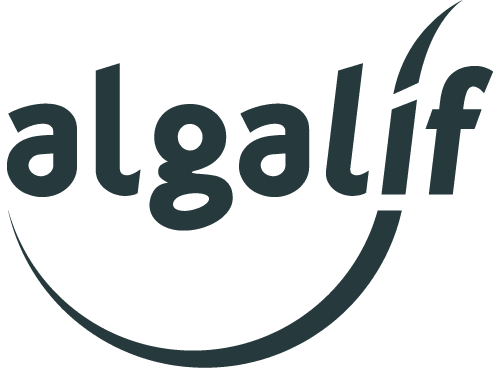At Algalif, we strive to make products that exceed industry standards and our customer’s expectations. And we work continuously to improve the effectiveness of our Quality Management System.
Quality and Safety
Committed to Excellence

No Quantifiable Levels of Heavy Metals
Heavy metals are individual metals and metal compounds that can impact human health. The USP guideline (2232) dictates that four metals should be screened in dietary supplements, as they are of toxicological concern: arsenic (As), cadmium (Cd), lead (Pb) and mercury (Hg). Heavy metals, as well as other contaminants, can find their way into algae products cultivated in open-pond systems or if impure water is used.
The USP monograph for astaxanthin ester defines specific maximum permitted levels for the elements listed above. Owing to the purity of Icelandic water and our cGMP-compliant quality management system, no Astalíf product has ever had a quantifiable amount of these four metals listed.
Full Contamination Control
Successful, industrial-scale cultivation is dependent on the effectiveness of protecting the culture from contaminating microorganisms. Biological contamination decreases cell growth rate and astaxanthin content in the biomass, causing a huge drop in product quality. Not to mention the harmful impact of some bacteria and fungi on human health.
Algalif has effective contamination control on all scale-up and production levels. To achieve this, we employ several technical methods such as:
- Designated clean room and scale-up facility.
- Pharma grade water and air quality throughout the plant.
- Quality control checkpoints where water, air and the algae cultures are carefully screened to confirm the absence of contaminating microorganisms.
More Productivity, Less Downtime
The production of Haematococcus pluvialis biomass and natural astaxanthin is affected by many physical, chemical and biological factors, constantly in flux. To complicate things further, conditions for algal growth are not conducive for astaxanthin accumulation, and vice-versa.
Our entire production process was designed to maximize quality and minimize loss of productivity through downtime. To achieve this, we have implemented several strategies such as:
- Constantly having clean, fresh inoculum on standby if needed.
- Optimized production processes for cleaning and sterilization.
- Full control over all main cultivation parameters to ensure optimum Haematococcus pluvialis growth rates.

